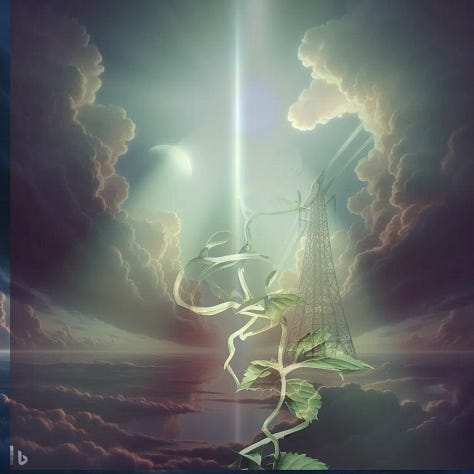S11, E3B: The B-Side/"We Didn't Start the Fire"
Series 11: The Collateral Damage of Revenge in Science
This is the counterpart of S11, E3: Breaking Radio Silence where I rebooted Series 11: The Collateral Damage of Revenge in Science.
Welcome to the B-Side



This ‘B-Side’ is a free example of how I plan to put out paid content in the near future. The idea is that these will be mainly counterparts…
Keep reading with a 7-day free trial
Subscribe to The Vigne Intervention to keep reading this post and get 7 days of free access to the full post archives.





